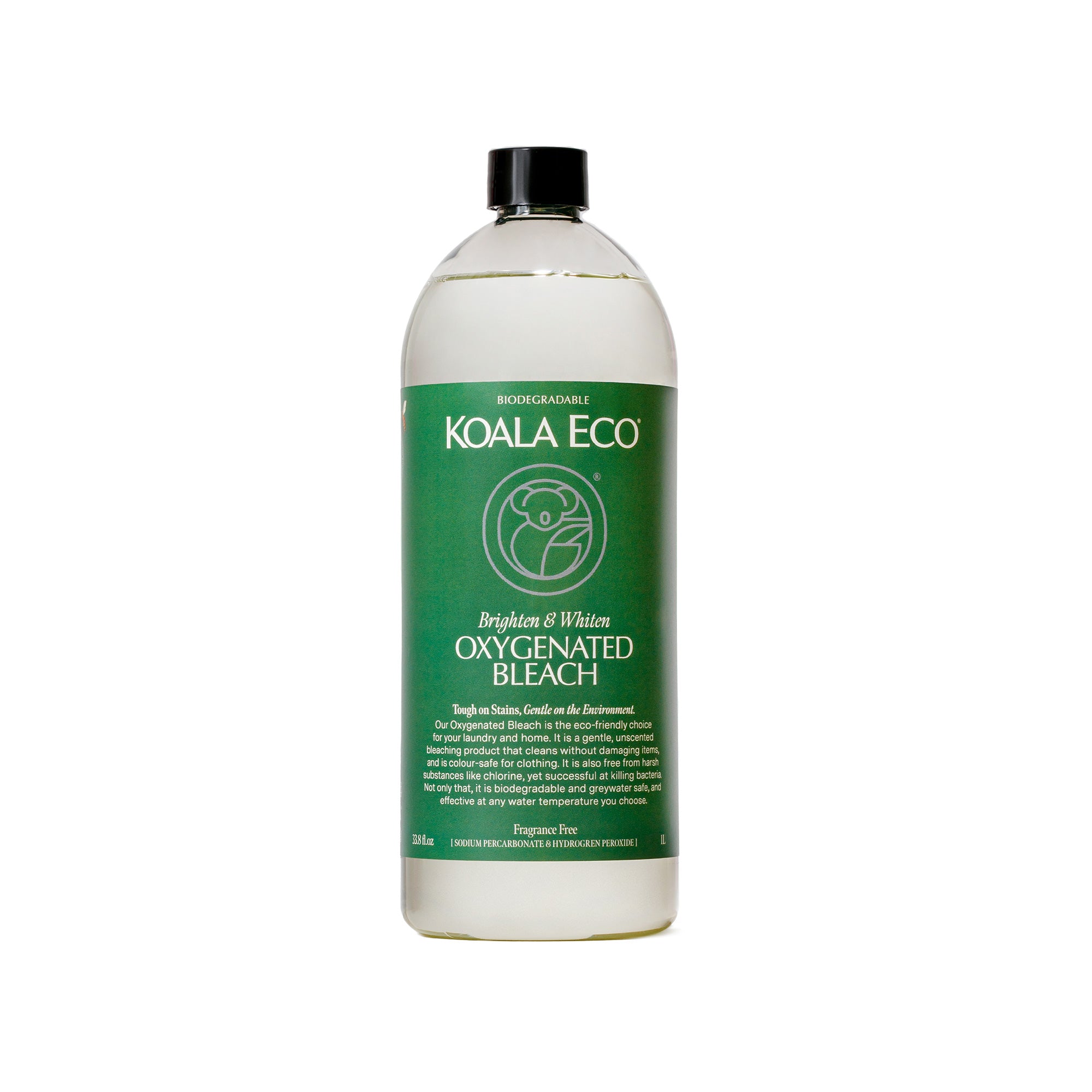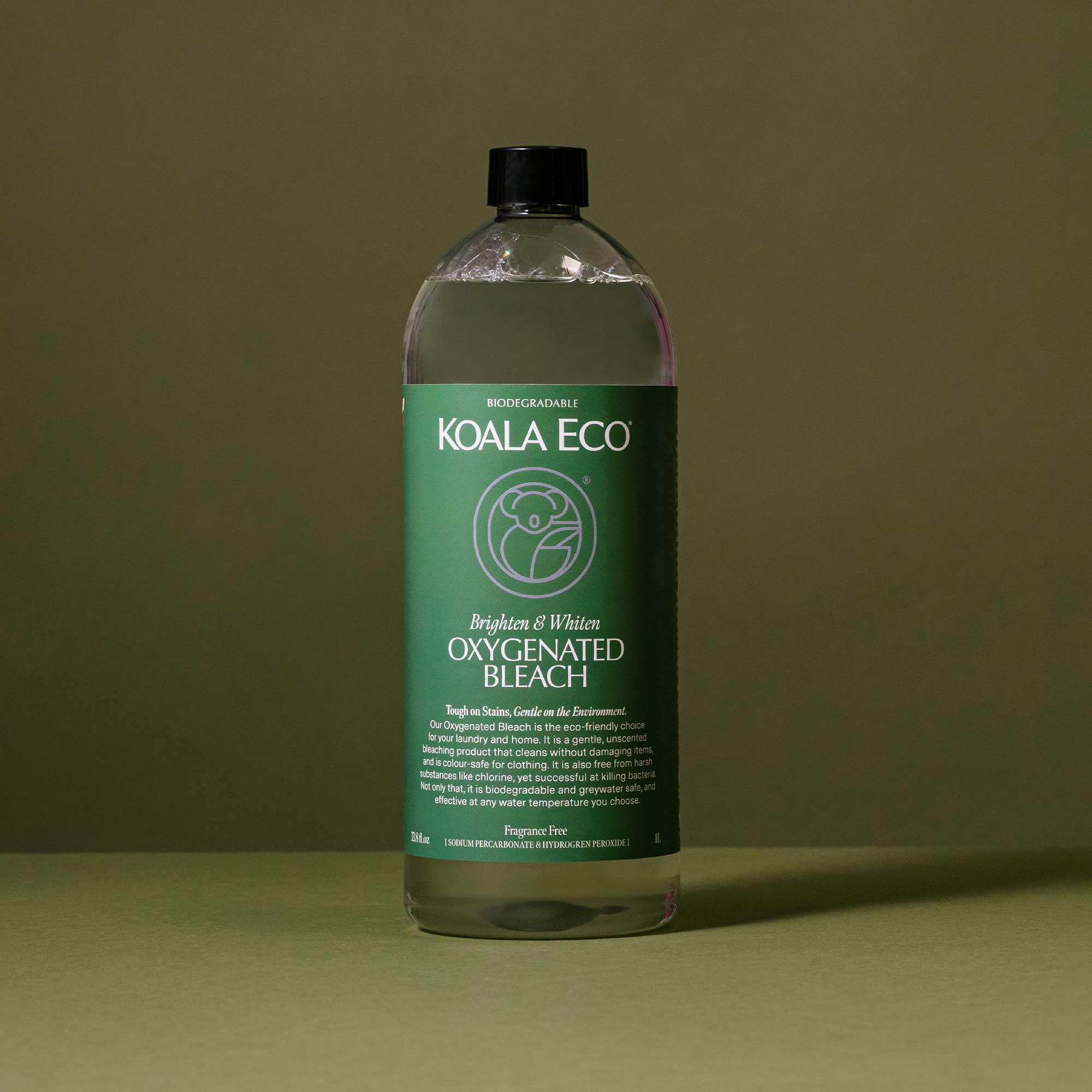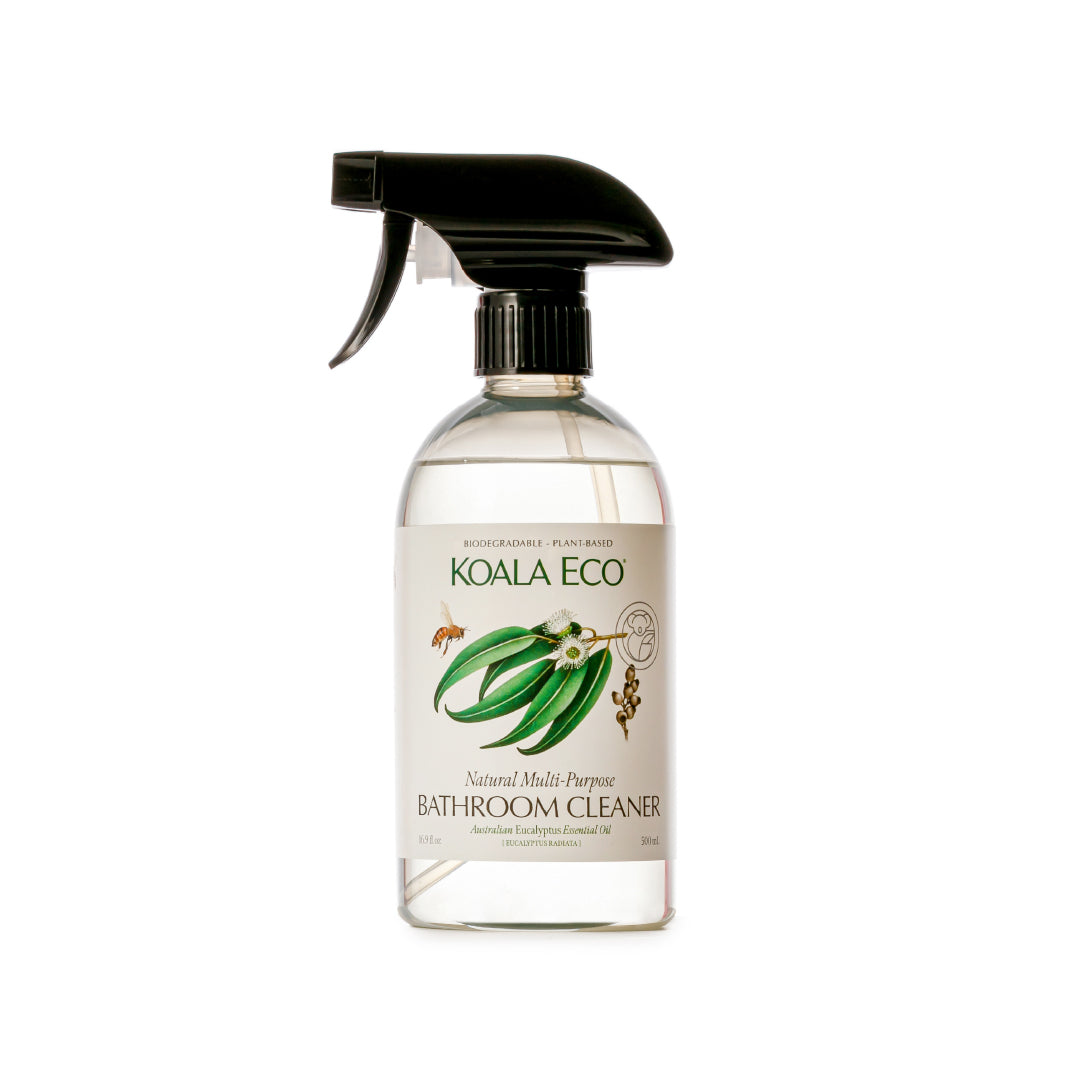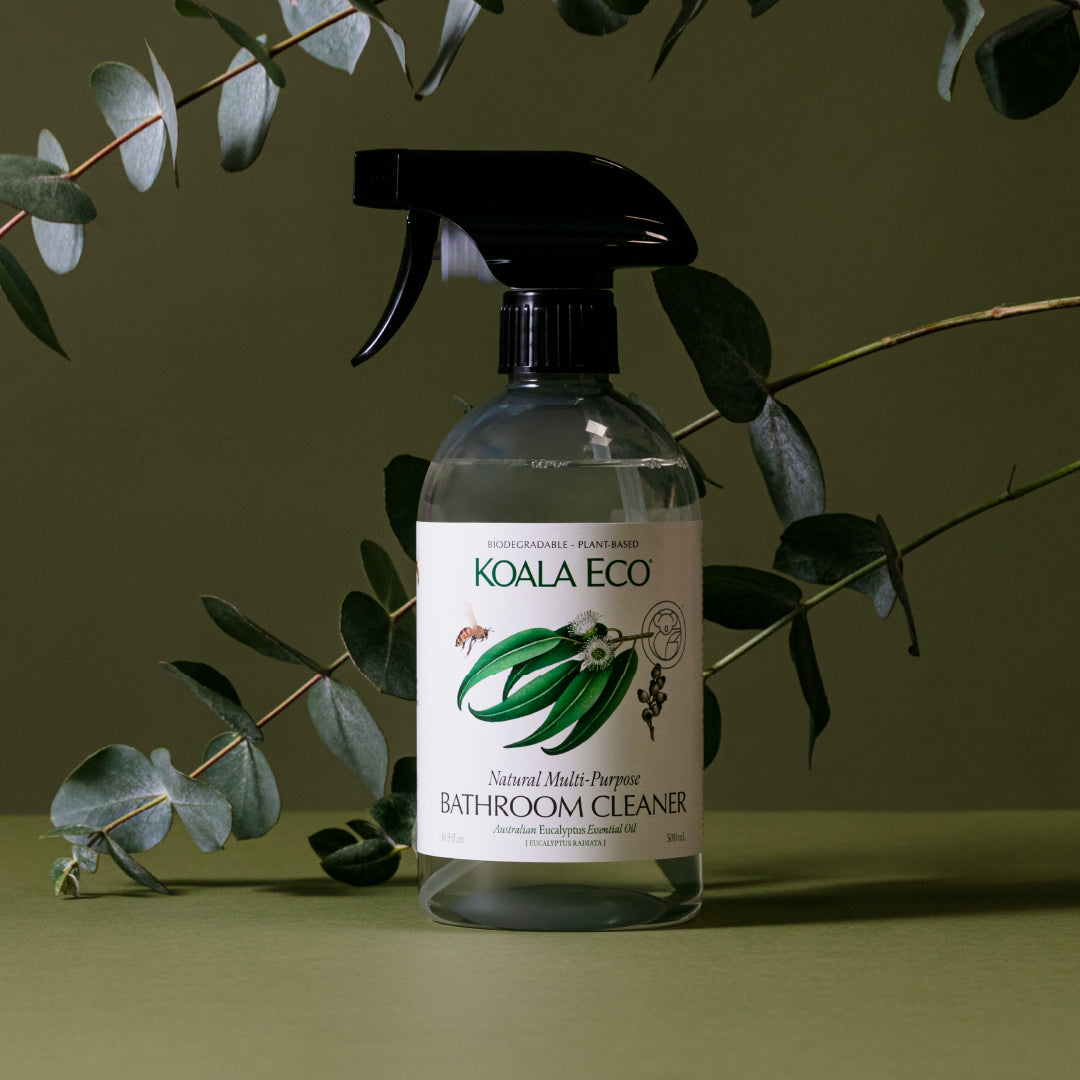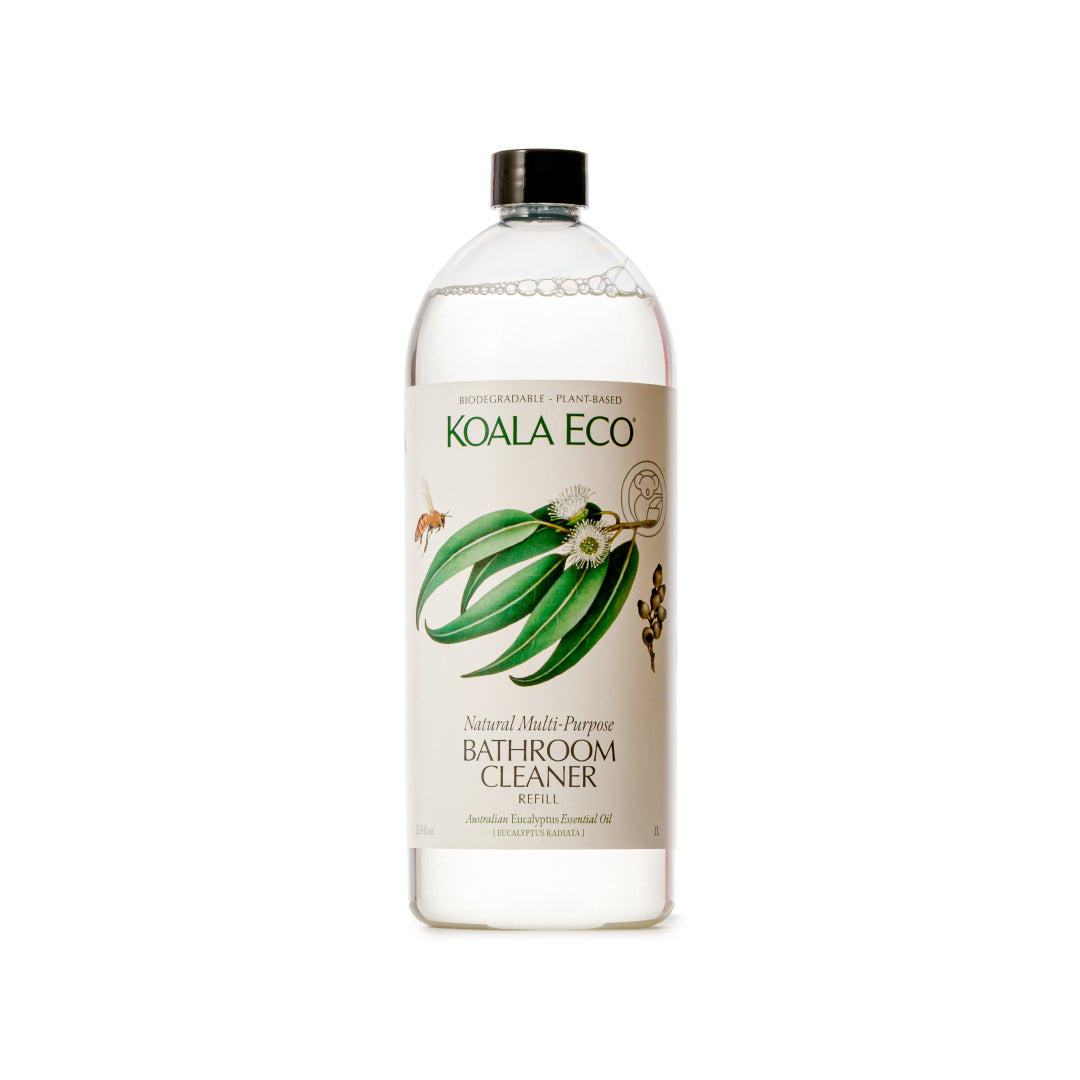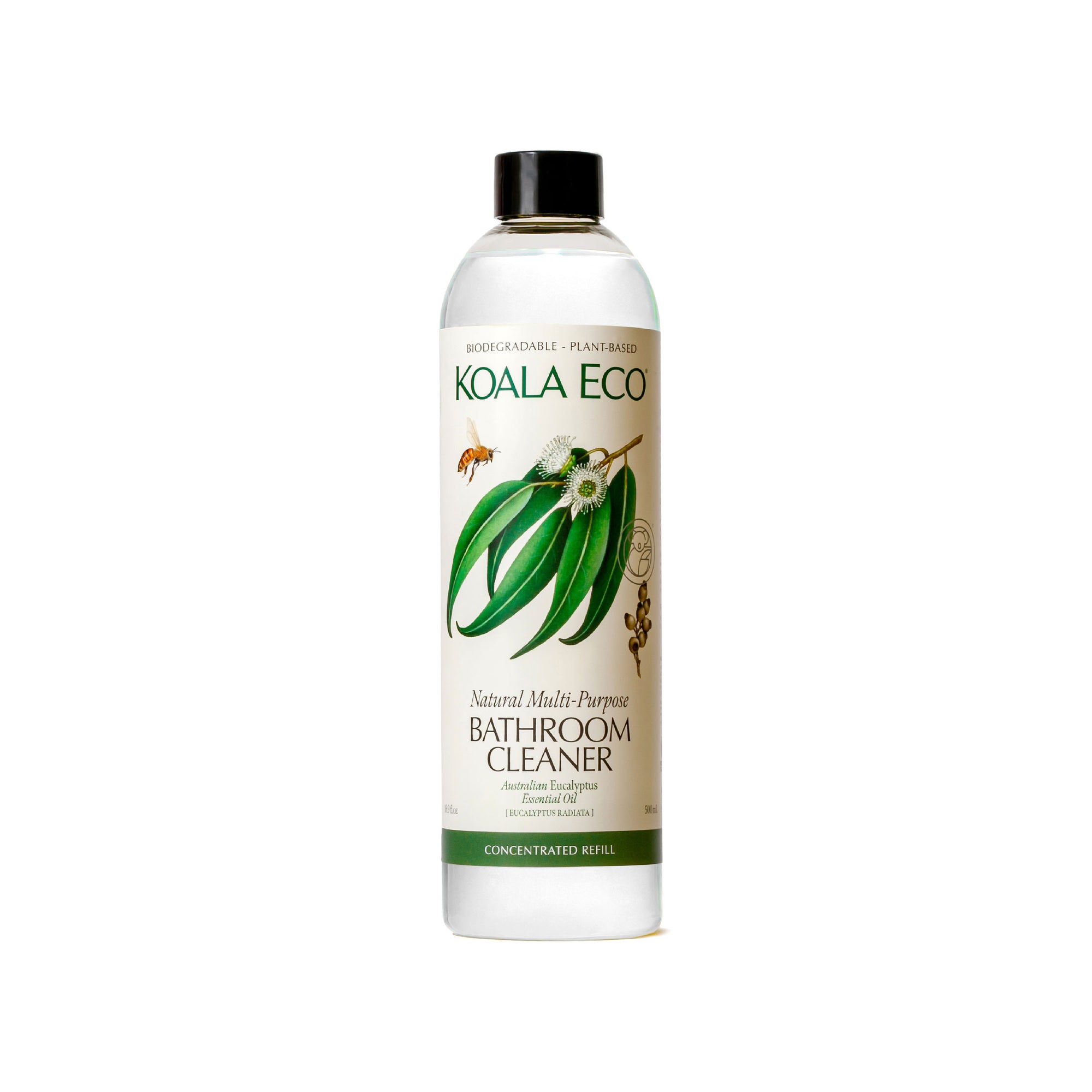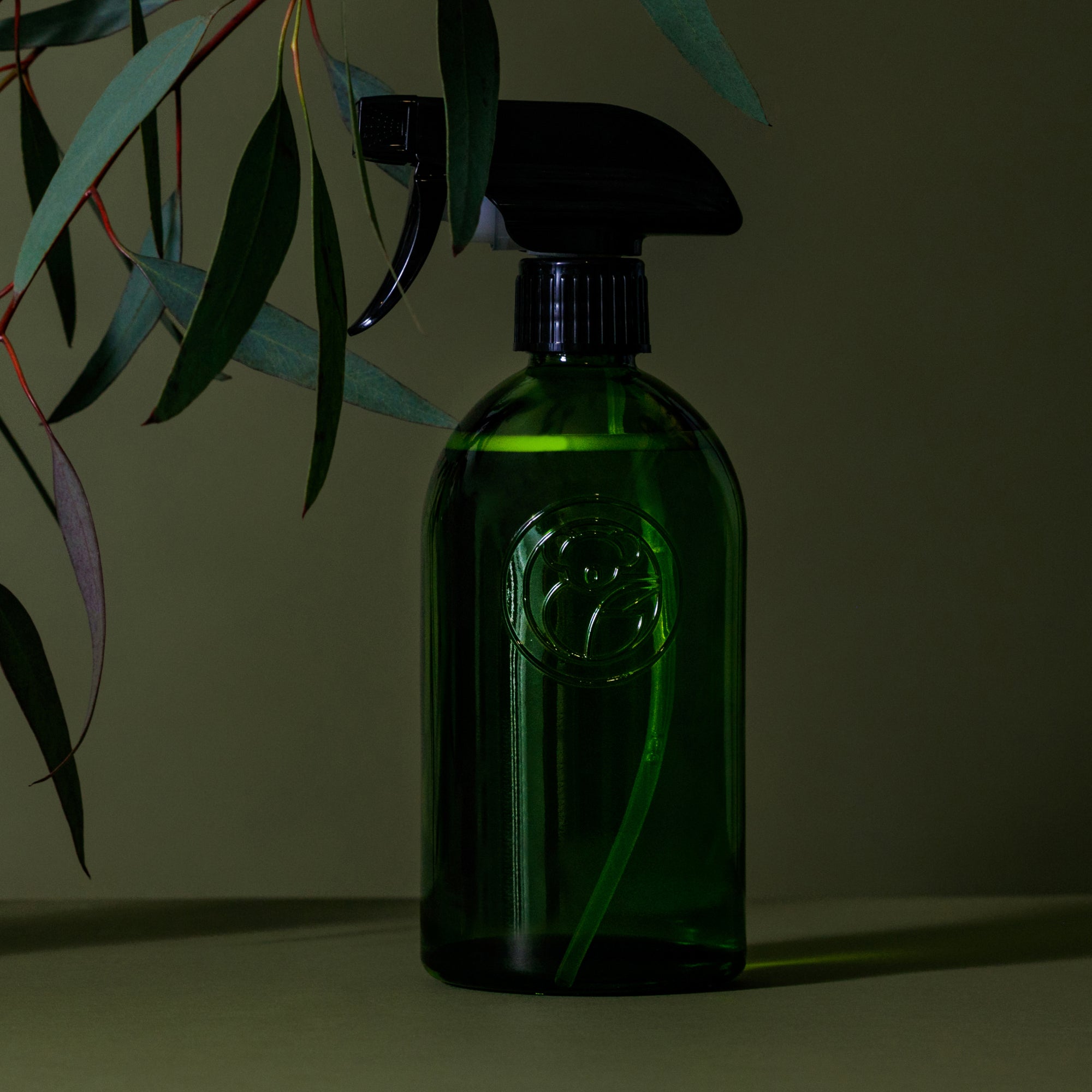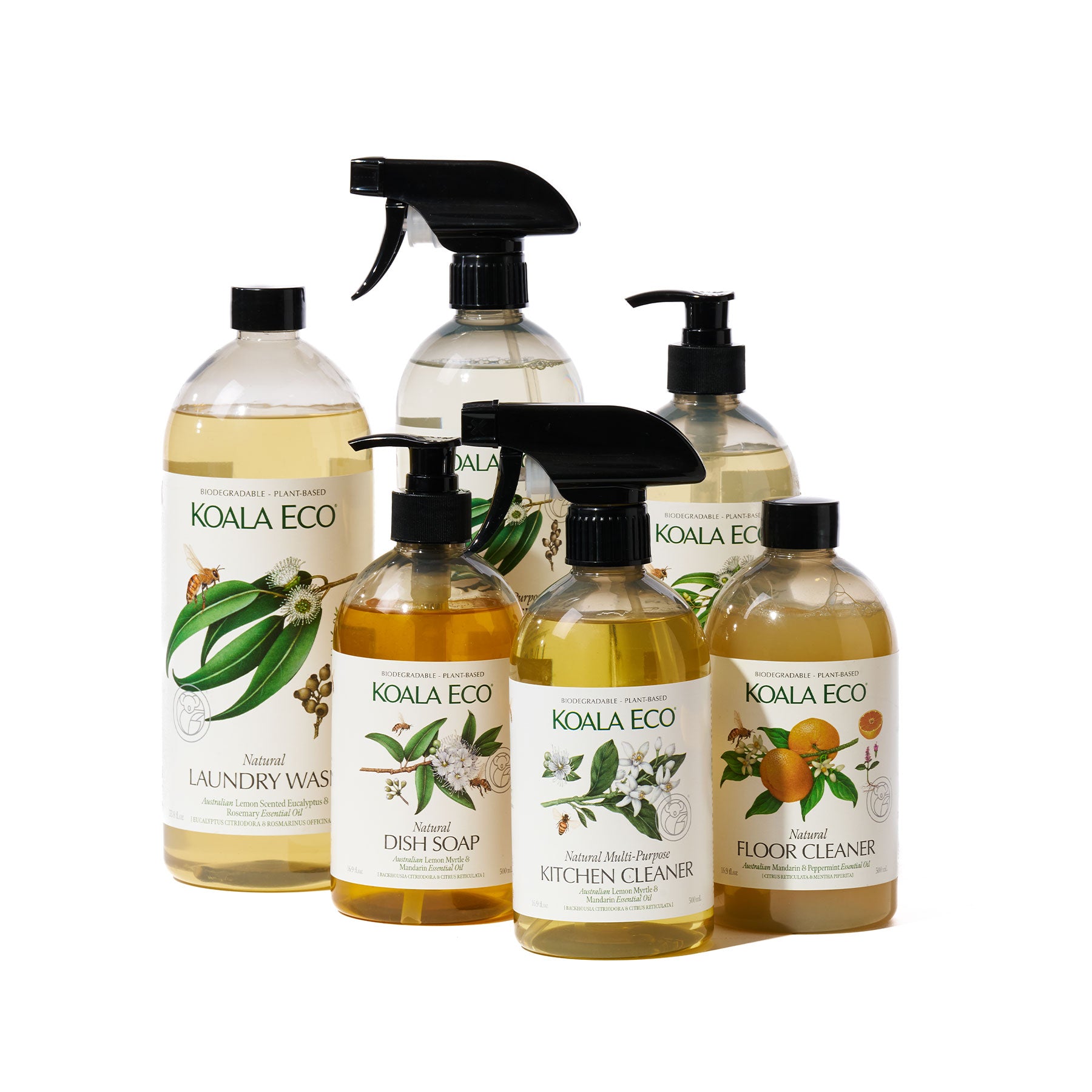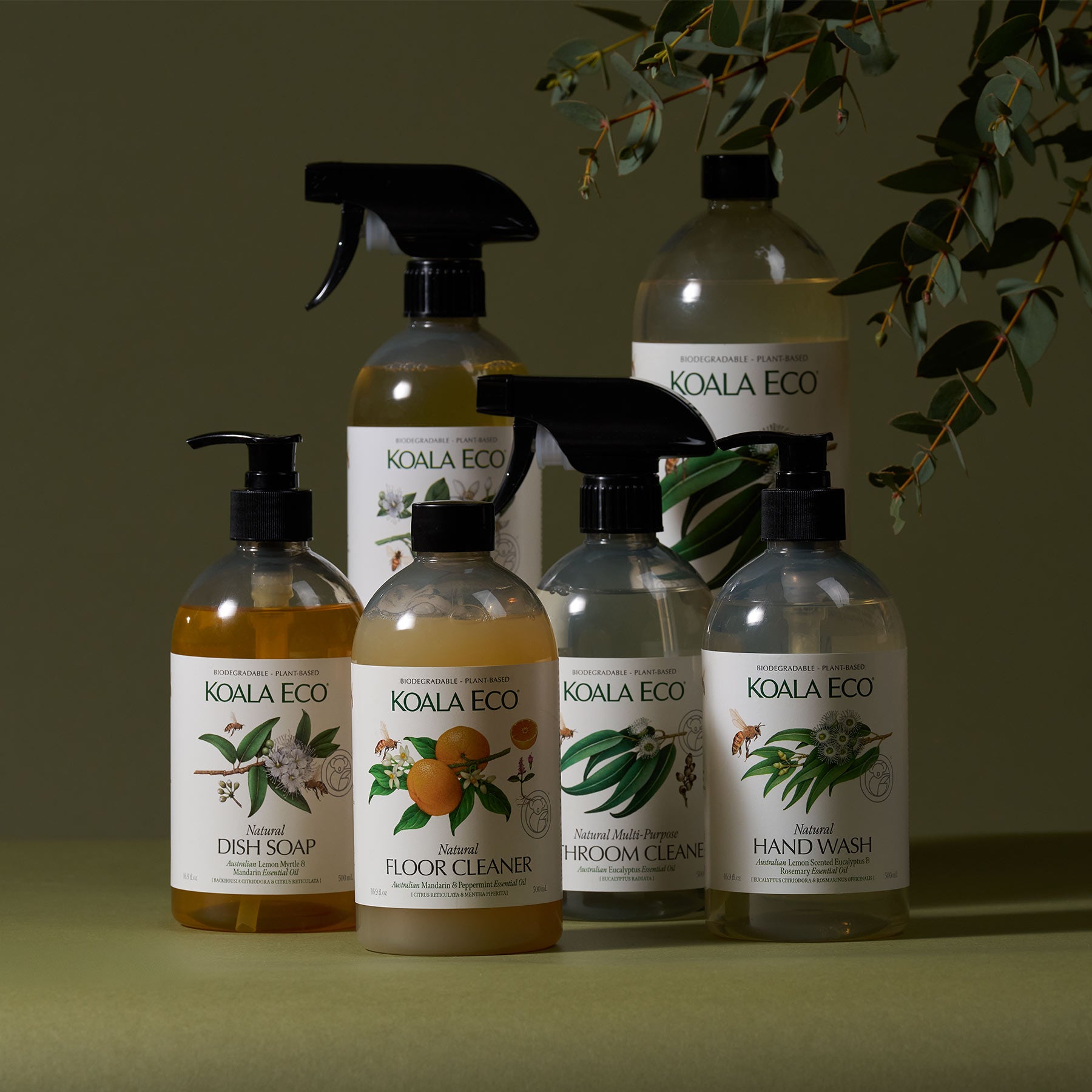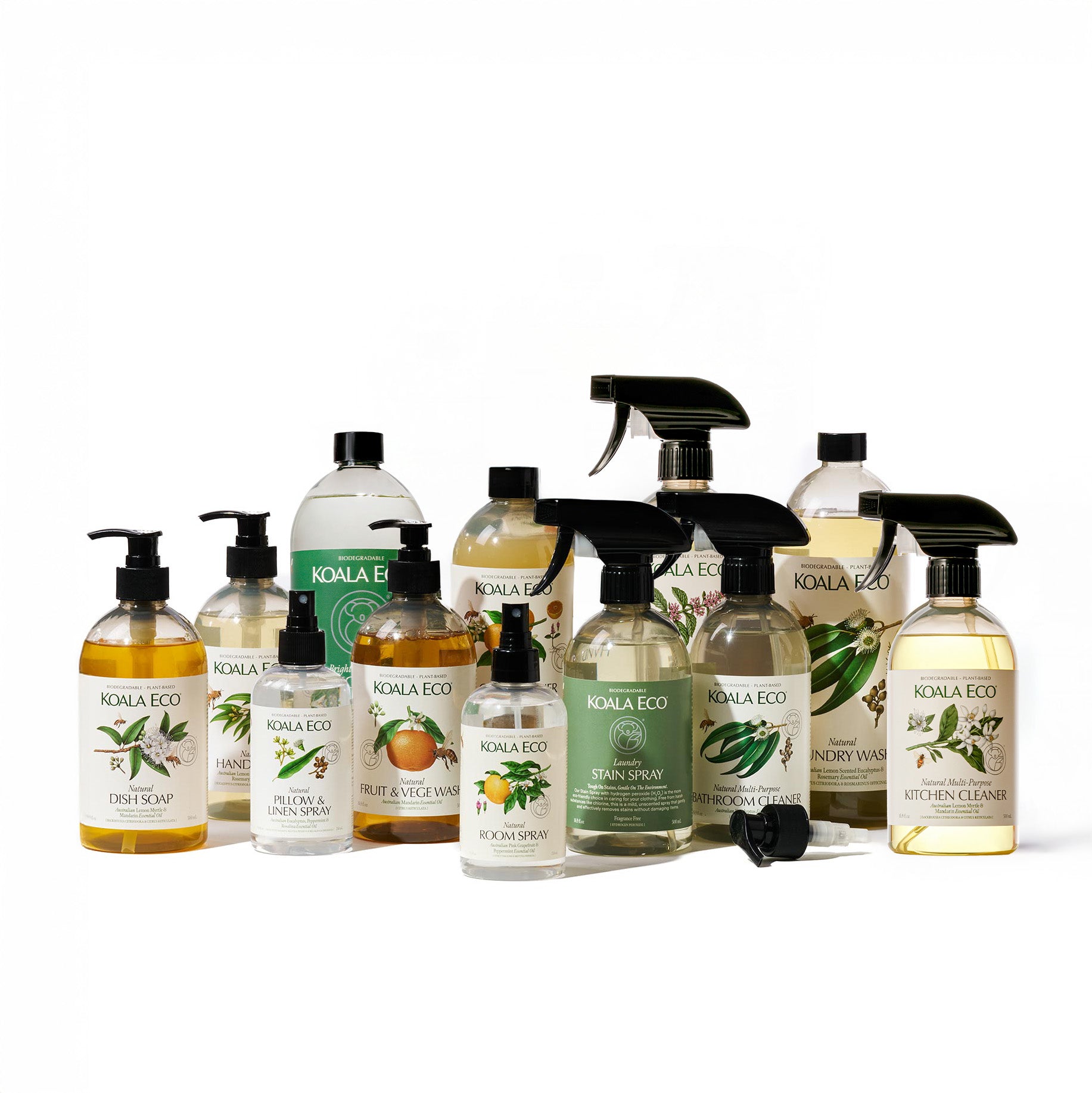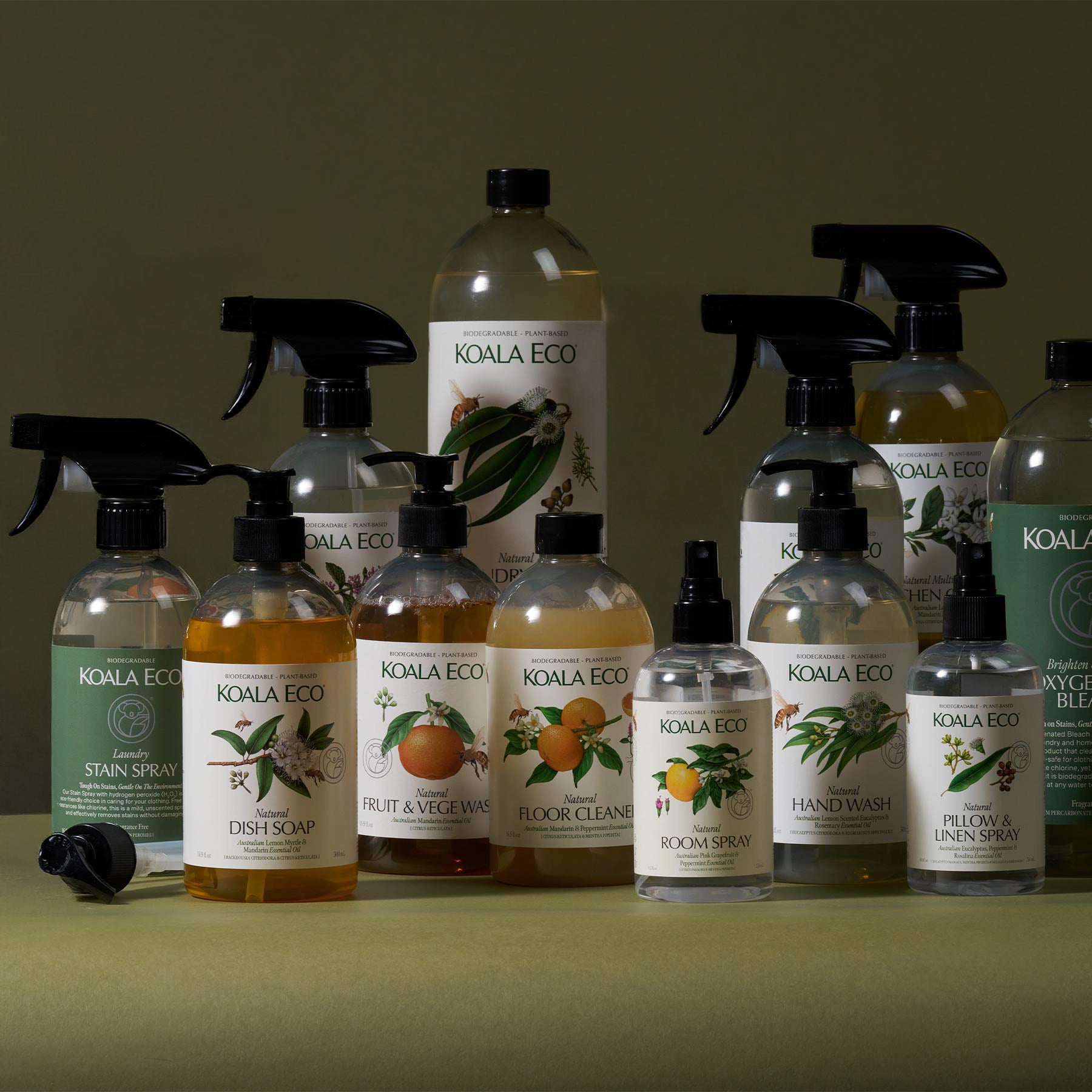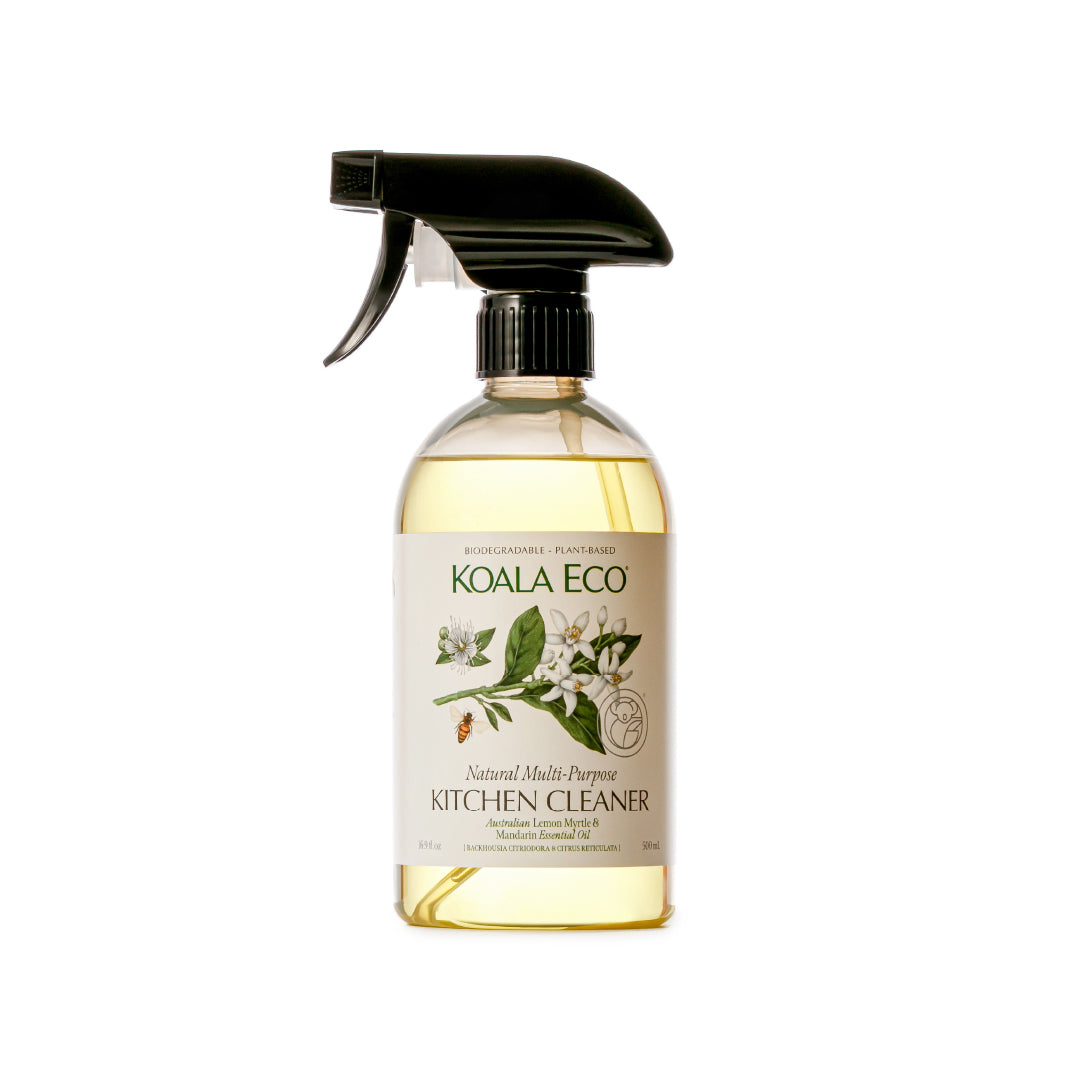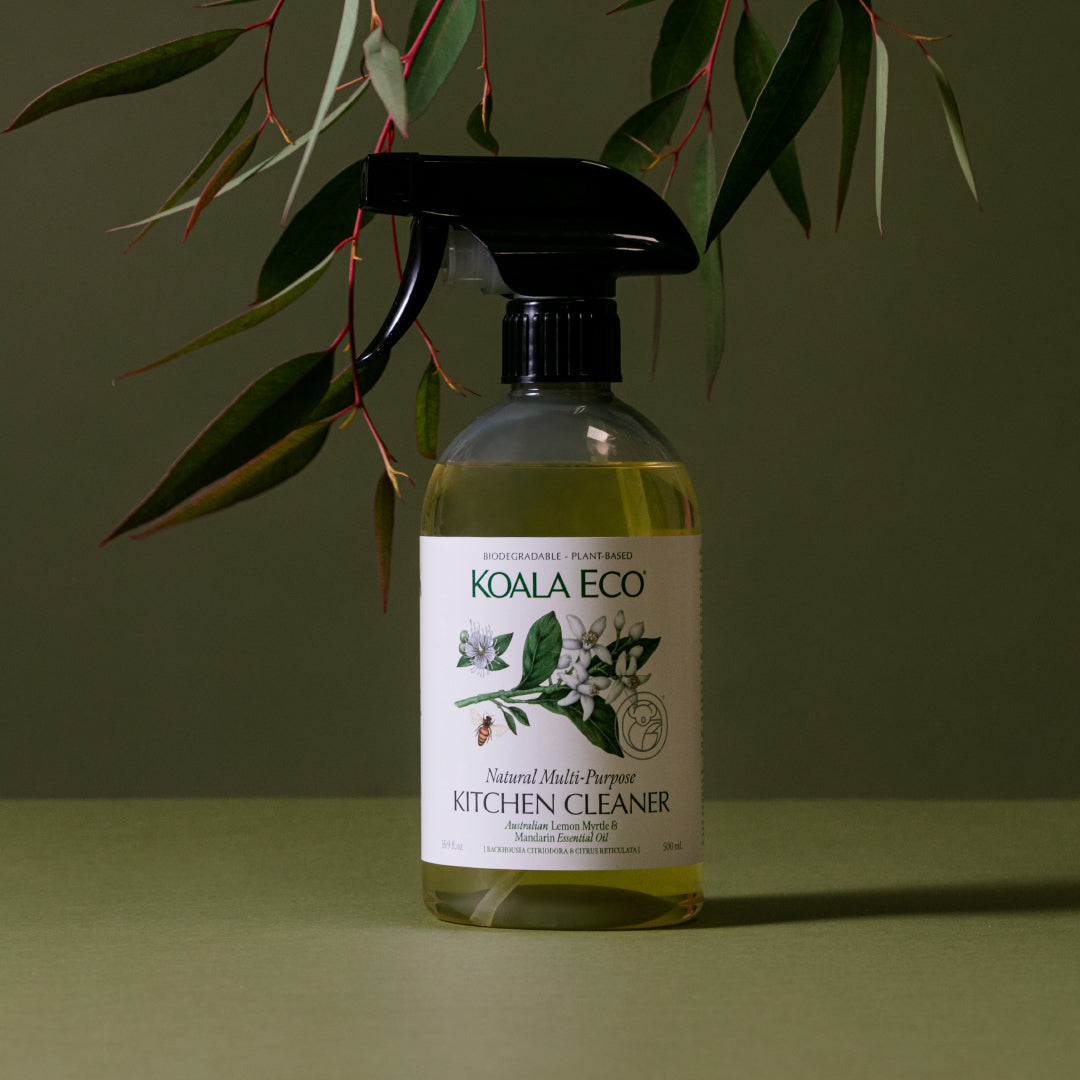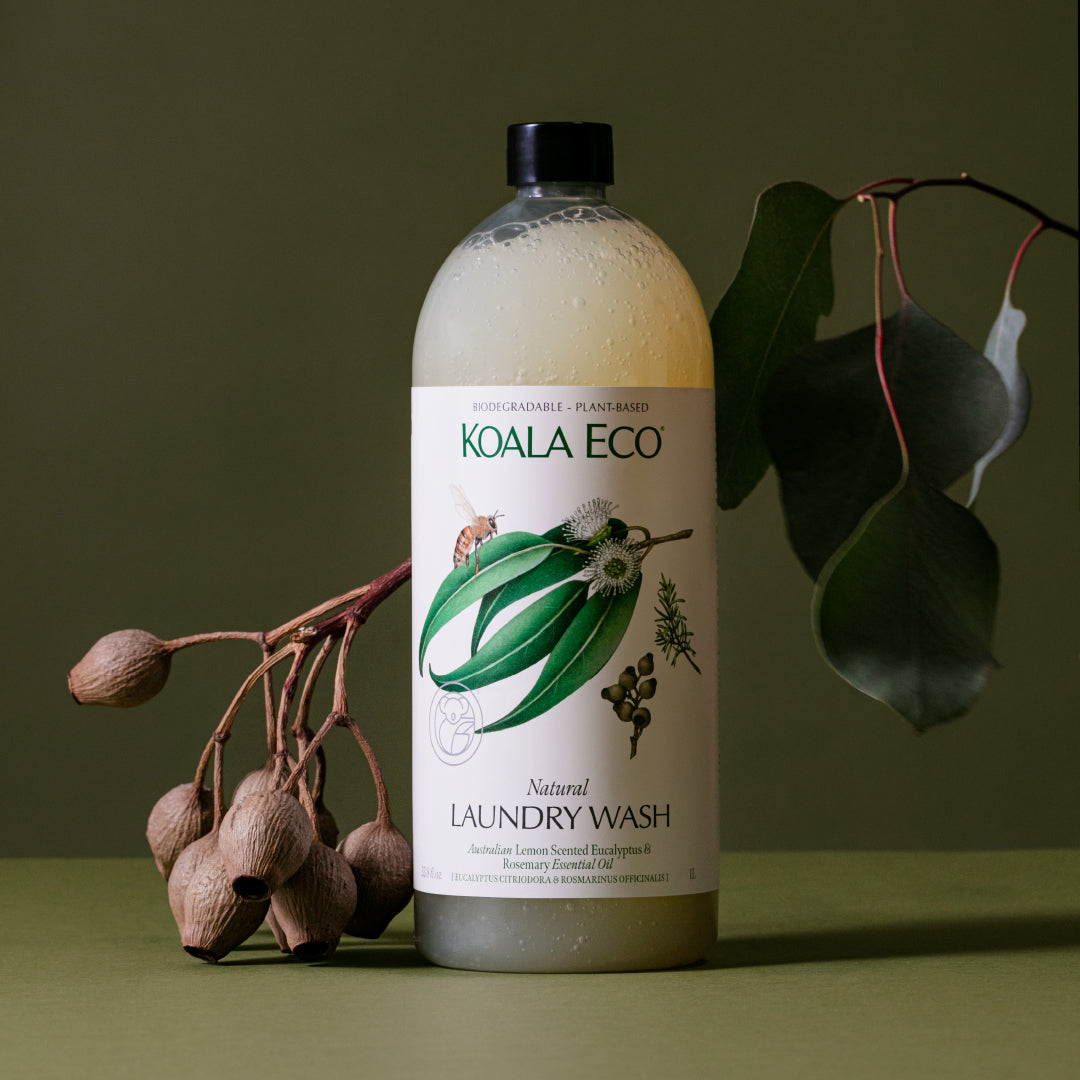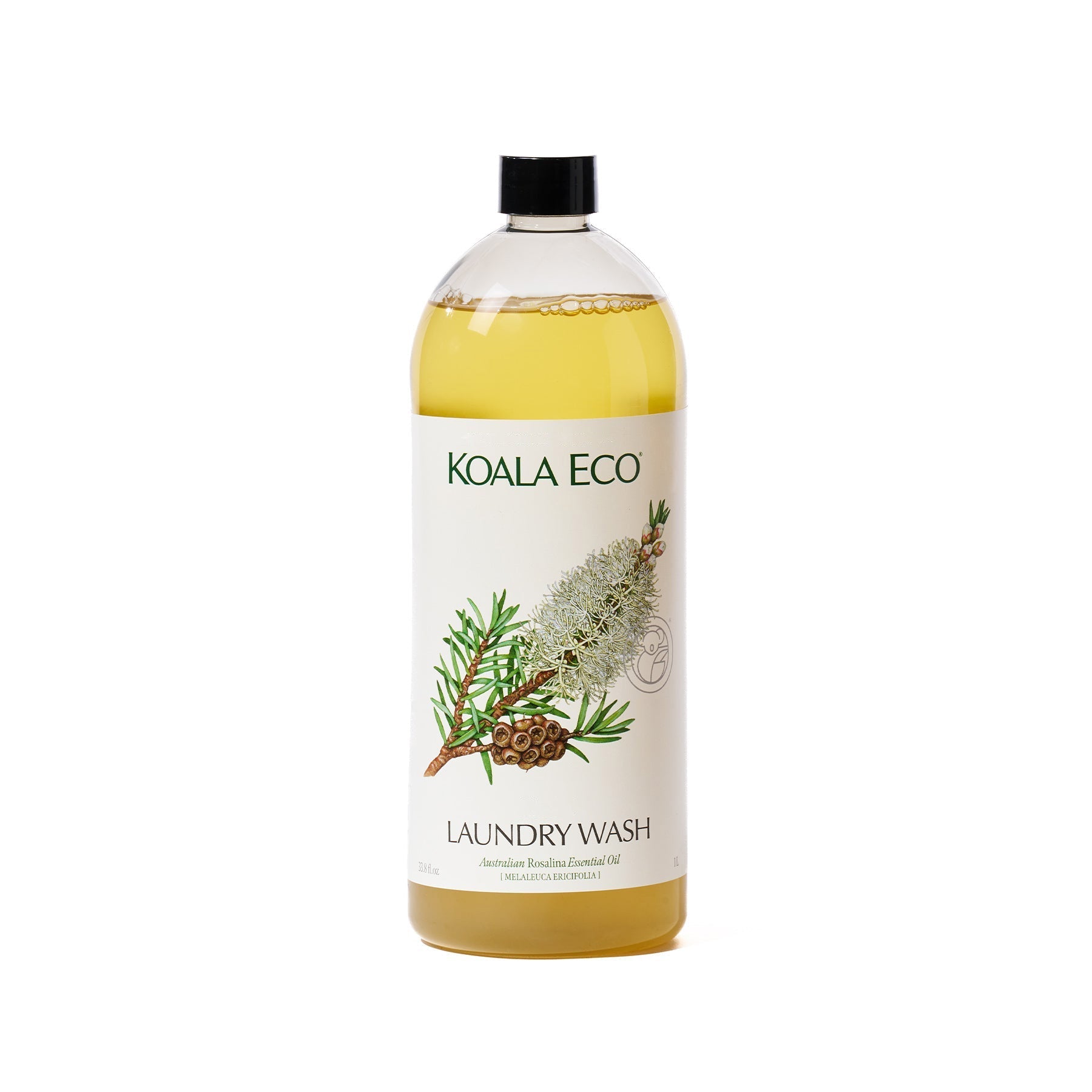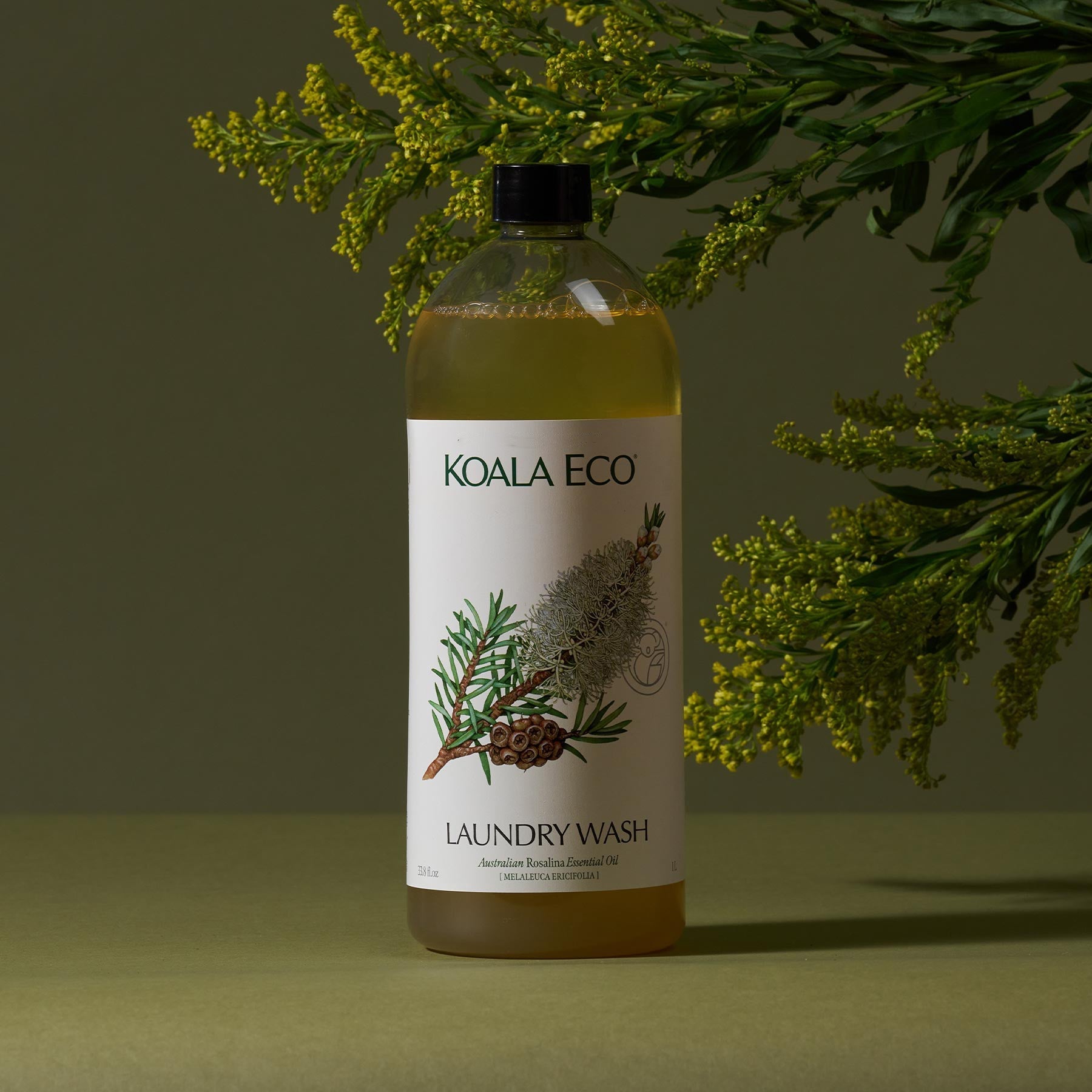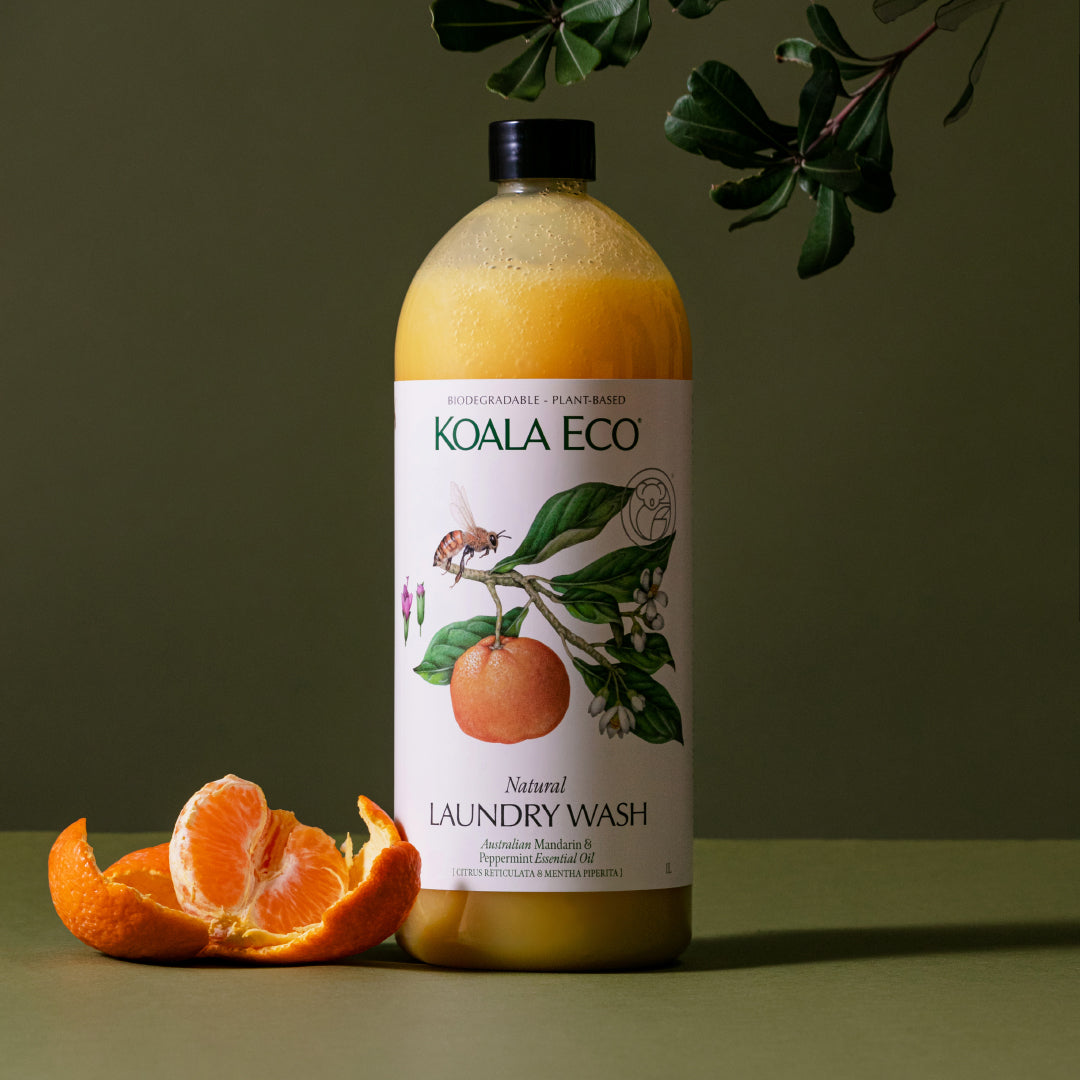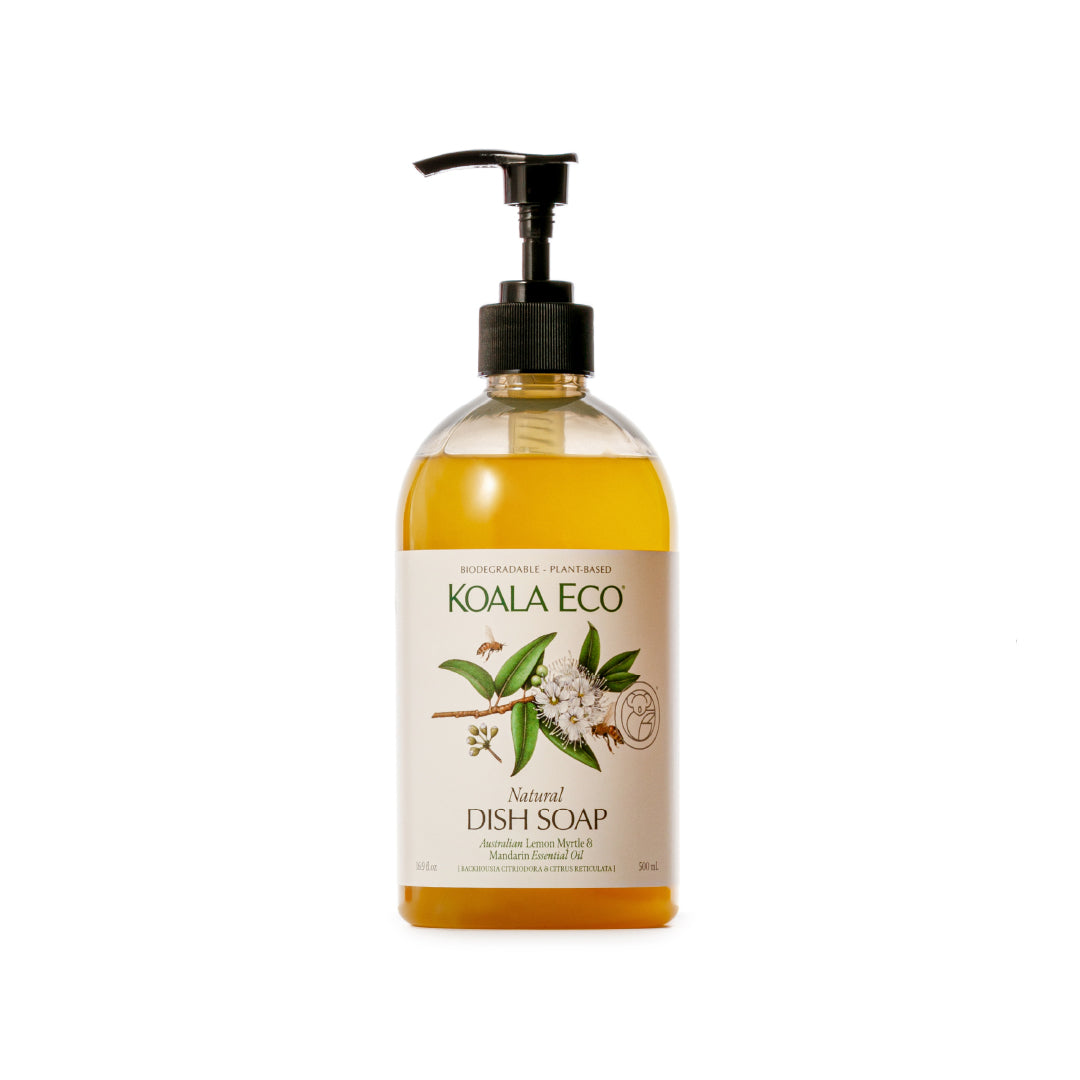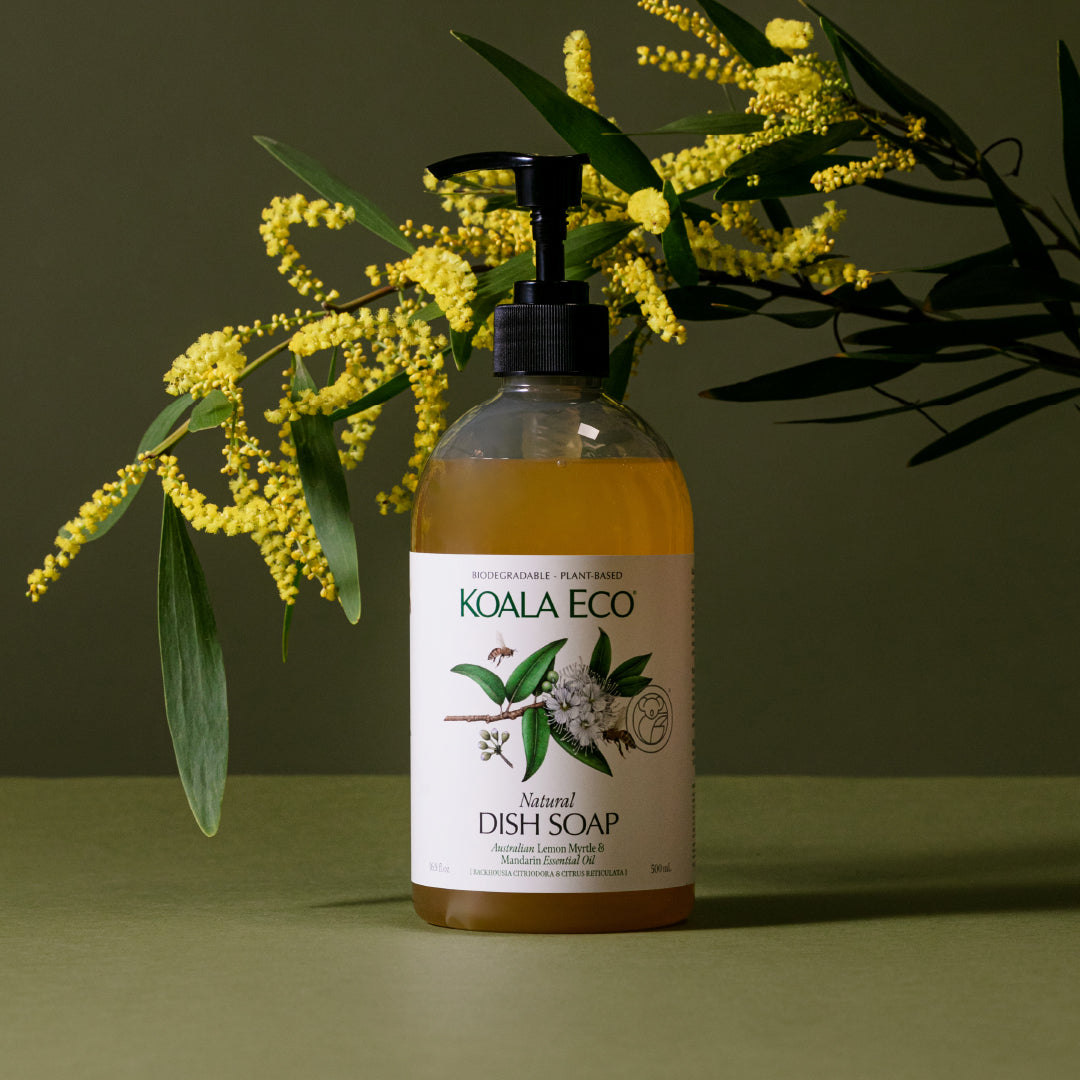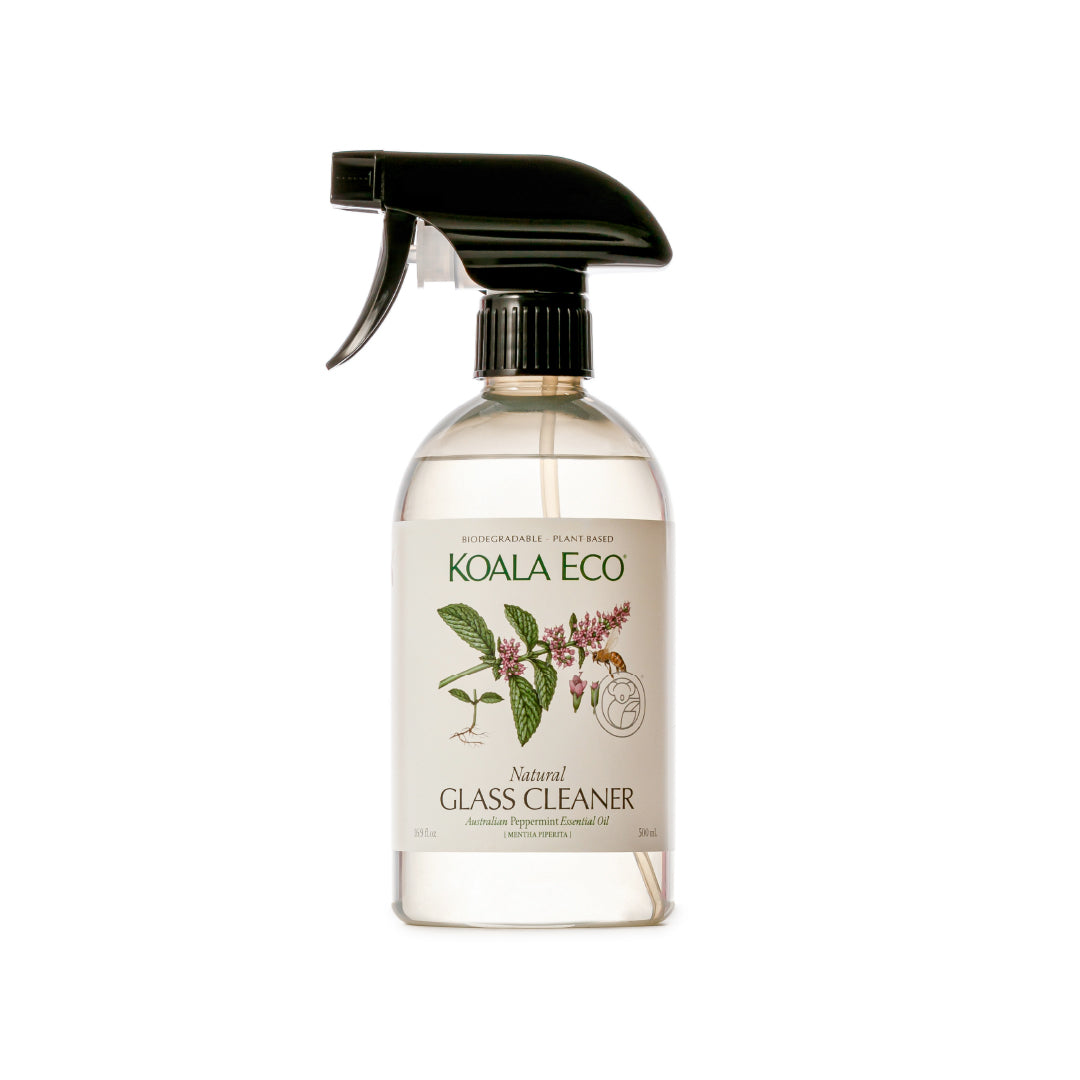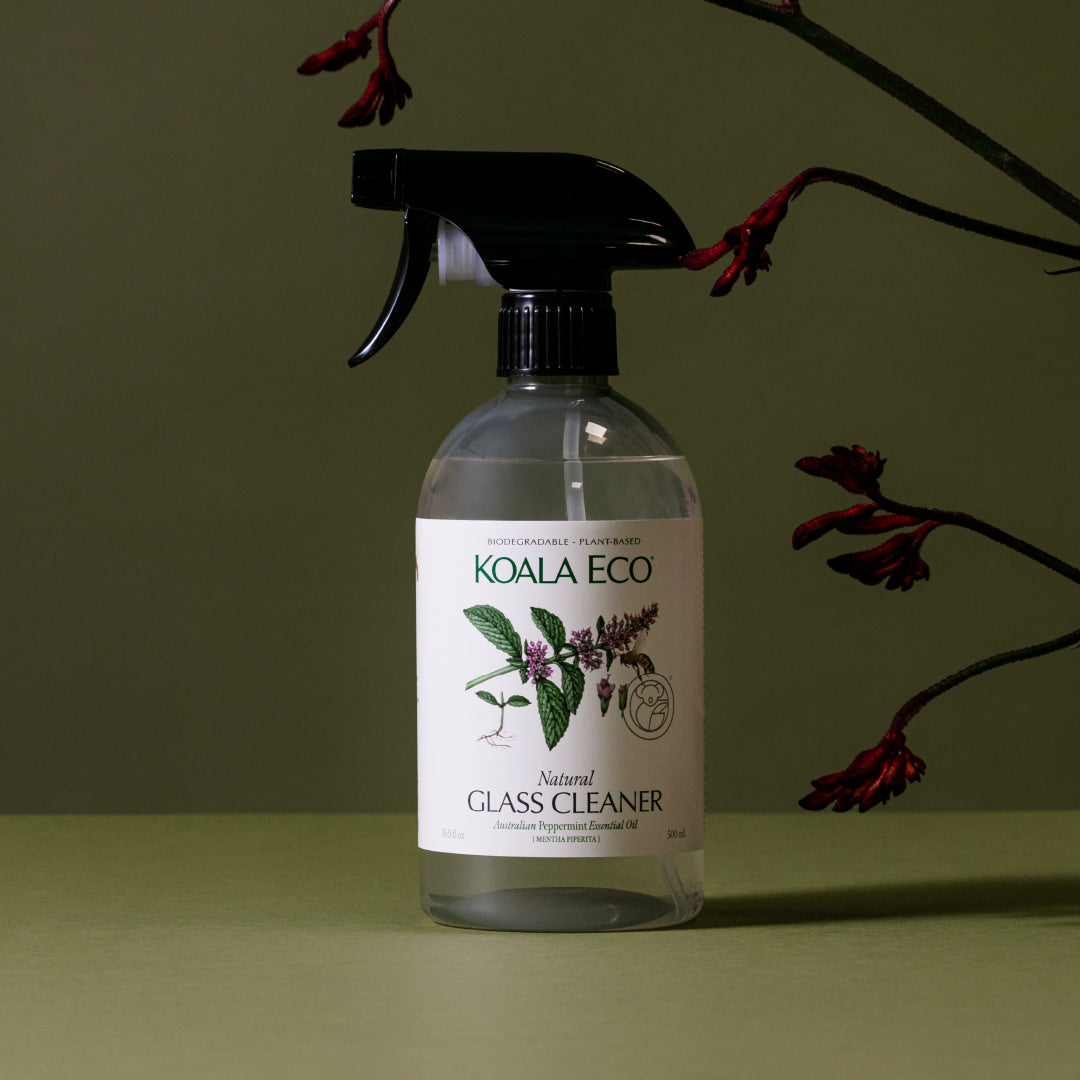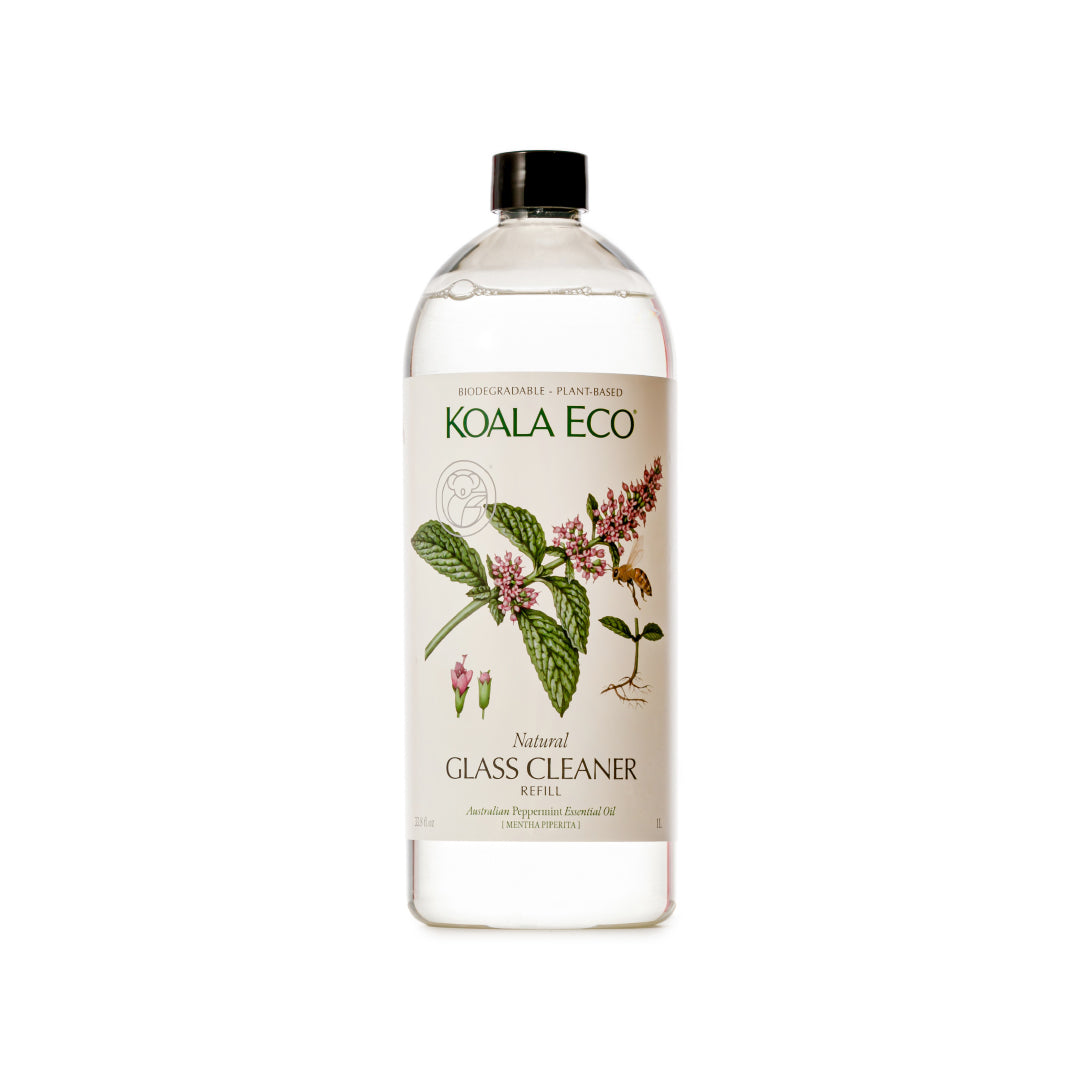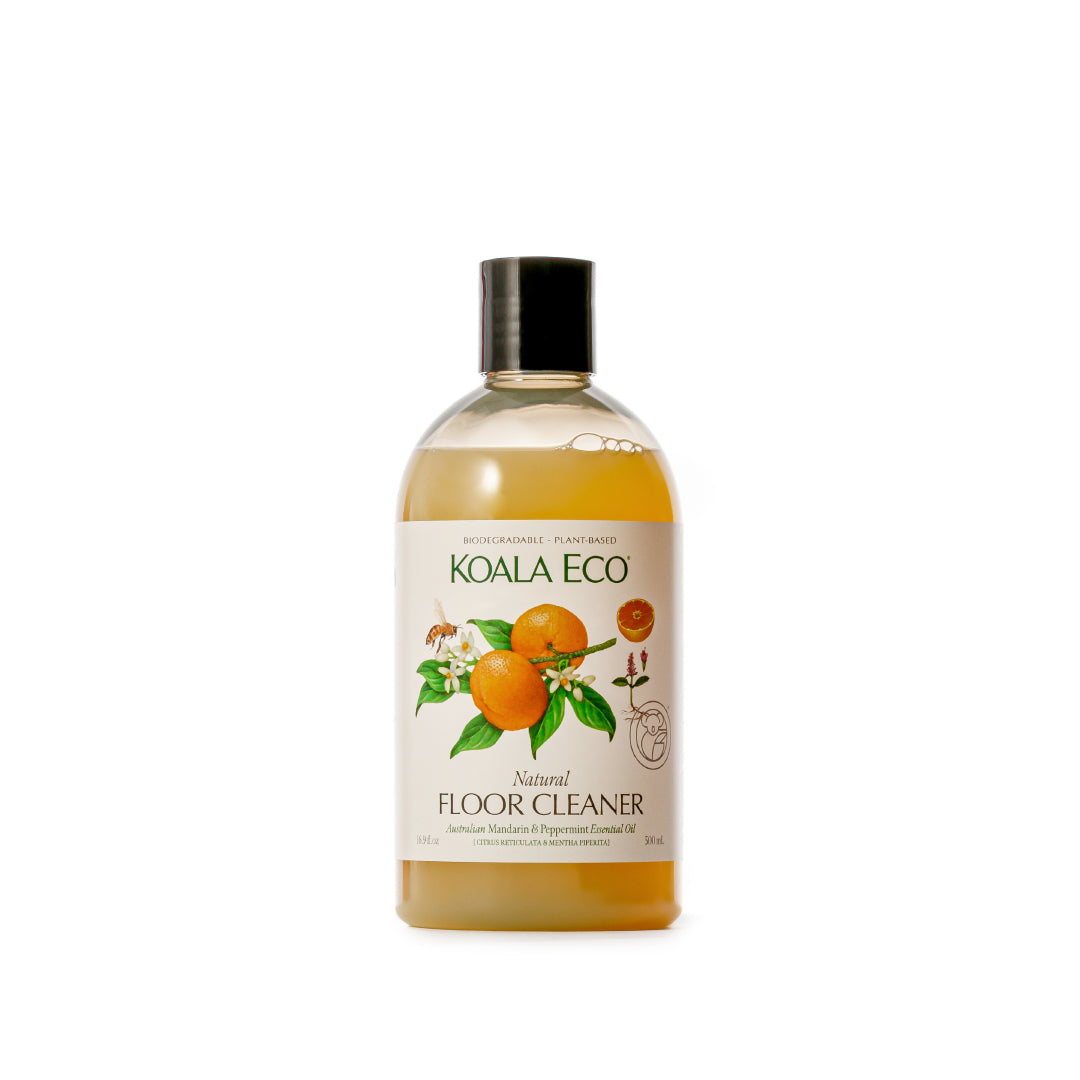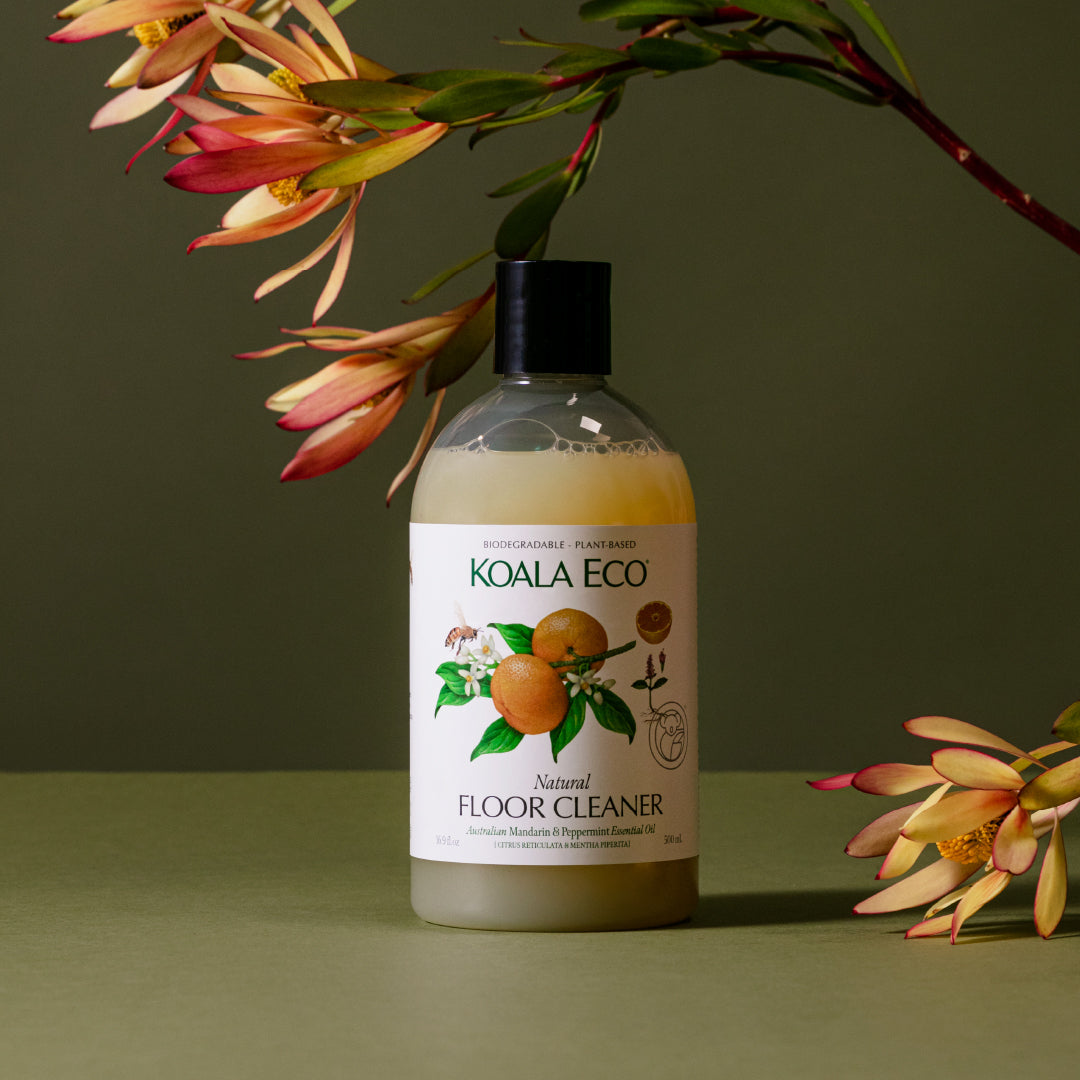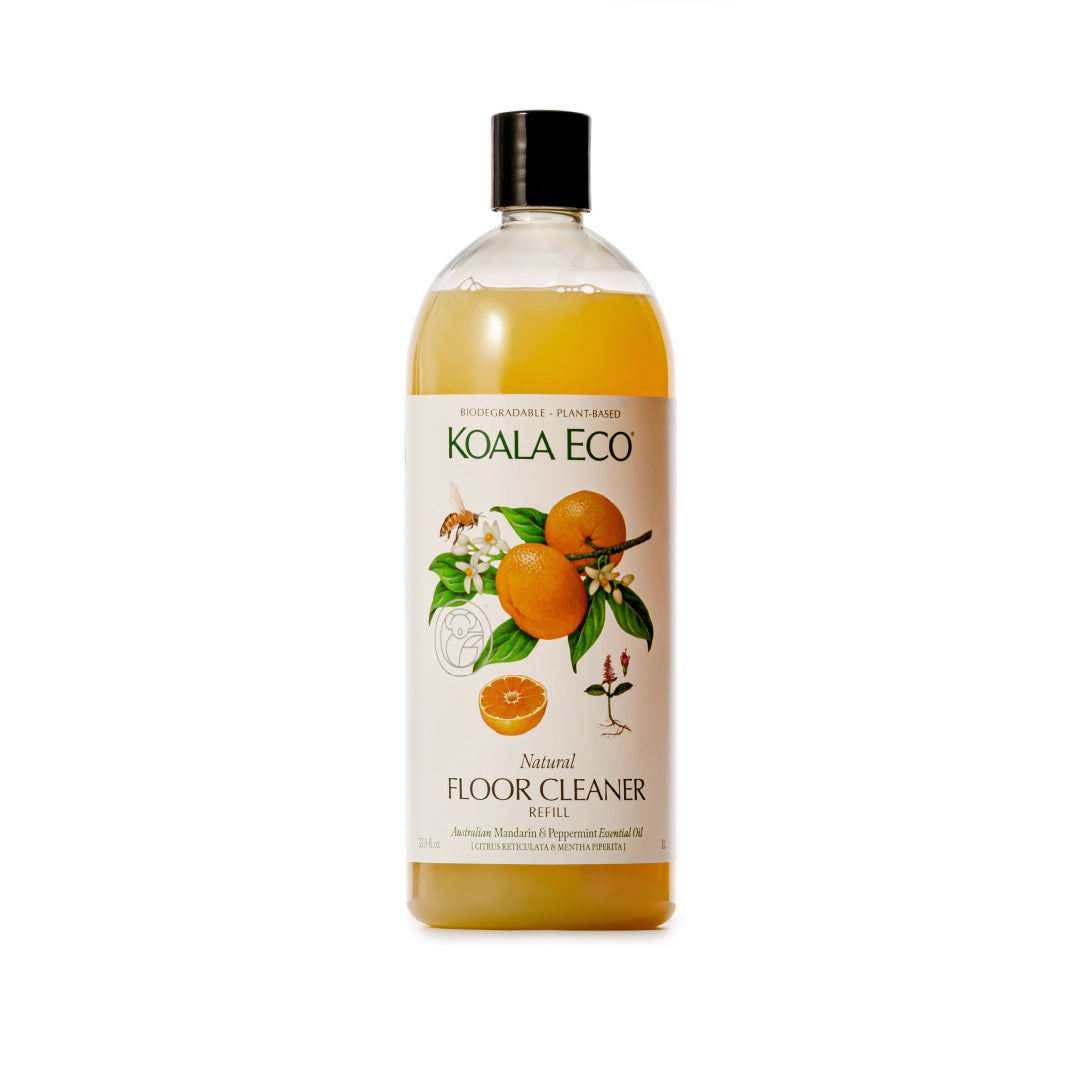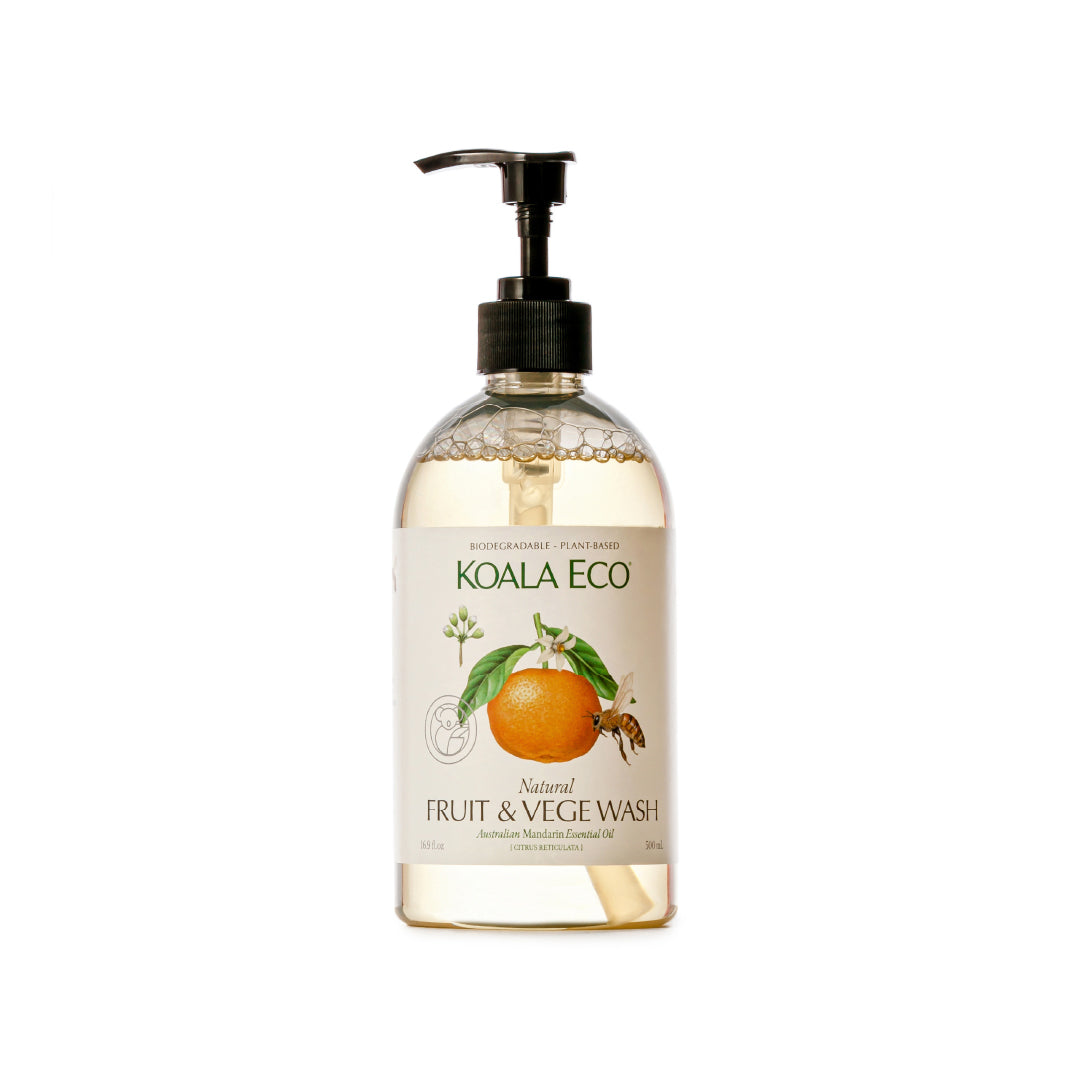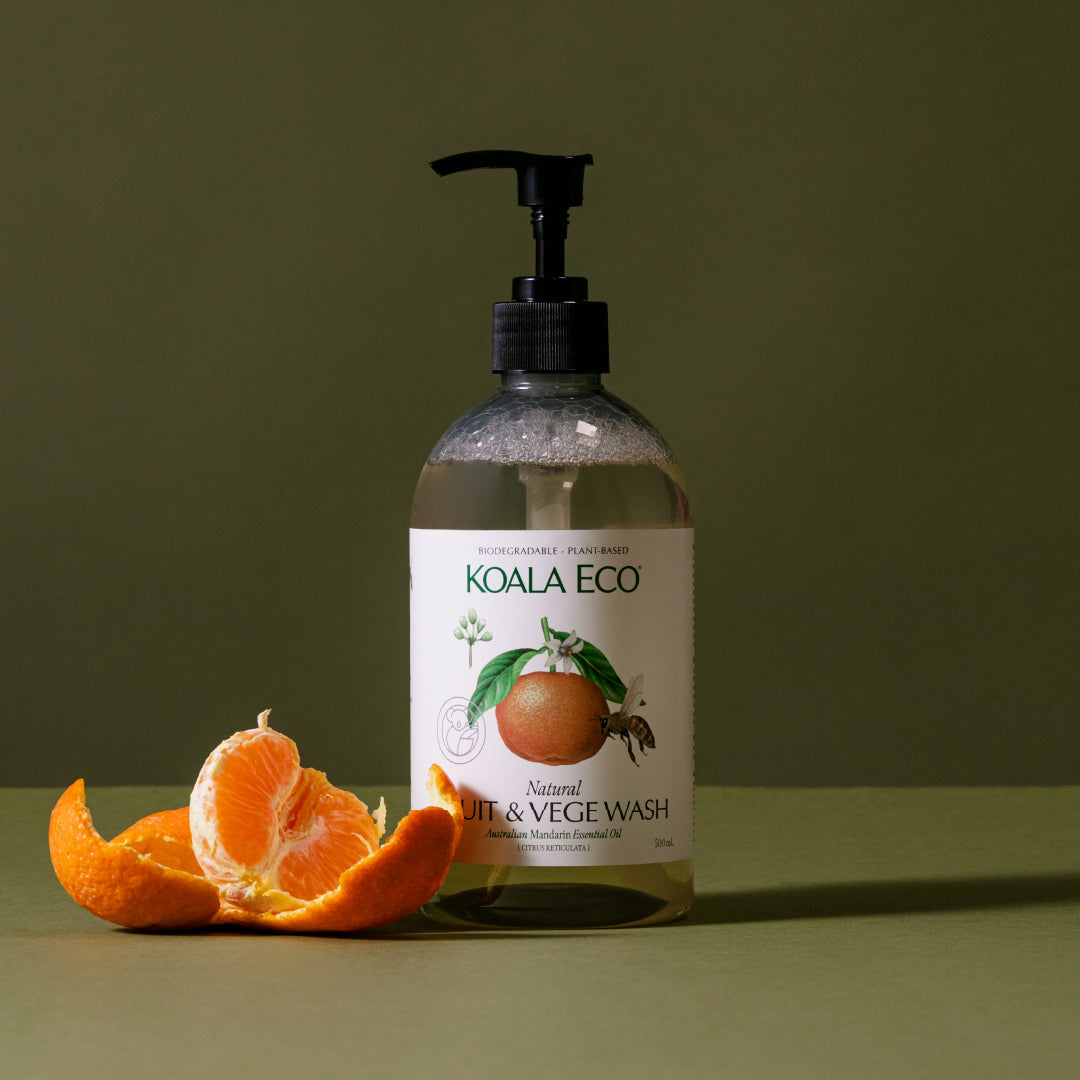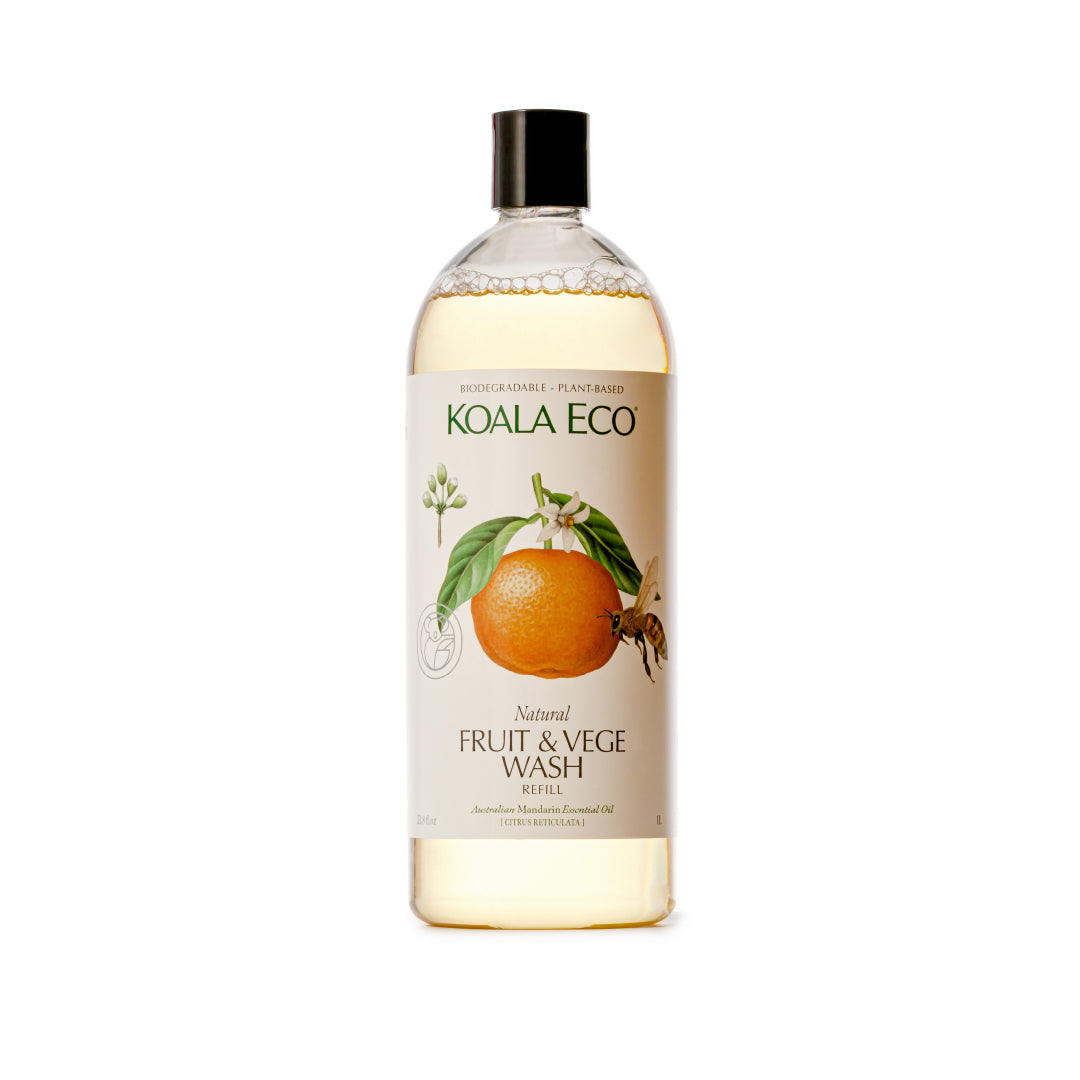The kitchen may be the heart of the home, but the bathroom is the workhorse. As one of the most frequently used areas of your home, your bathroom is liable to accumulate germs, bacteria, and mould thanks to the constant exposure to moisture. While we’ve previously covered everything you need to know to deep clean your bathroom here, sometimes stubborn grout lines require a little extra attention.
As with most cleaning solutions, prevention is better than cure, with a little regular maintenance going a long way towards keeping your tiles and the grout between them clean. It’s important to avoid letting stains build up over time and instead address them as they happen. As such, we’d recommend weekly or fortnightly cleans to keep your bathroom looking spotless.
While the tiles themselves are relatively straightforward to clean, returning grout lines to their original state can be tricky. Using a non-abrasive cleaner on grout (as well as non-abrasive tools—avoid steel wool and wire brushes) is essential to prevent it from degrading and affecting the structural integrity of the tiles around it. Here’s everything you need to know about deep cleaning grout lines.
You’ll need:
- Oxygenated Bleach
- Natural Multi-Purpose Bathroom Cleaner
- A handheld scrubbing brush
- An old toothbrush
- Soft bamboo or microfibre cloth
- 500ml spray bottle (such as our Apothecary Glass Bottle or an empty Koala Eco dispenser)
How to deep clean your tiles and grout
When it comes to stains on bathroom tiles and grout lines, there are a few usual suspects. One of the most common causes of stains is mould and mildew, which thrives in damp environments and often lingers in bathroom corners and in porous concrete-based grout. Mould and mildew formation can cause or exacerbate respiratory issues like asthma, sneezing, coughing, and postnasal drip — to prevent its formation, ensure your bathroom gets proper air circulation by opening windows during the day and using the exhaust while showering.
Another cause of tile and grout is the buildup of lime or rust, which is generally caused by hard water, due to its higher mineral content. The deposits of calcium and iron in the water can cause discoloration which typically presents as a reddish-brown or chalky white tint over the tiles and grout.
Start by adding two capfuls of Oxygenated Bleach to a spray bottle along with some warm water. Gently shake the bottle before spraying the Oxygenated Bleach solution onto tiles and grout and leave for 15 minutes. If you have concrete-based grout, use a handheld scrubbing brush to scrub your tiles and grout vigorously. For very stubborn areas you can use the oxygenated bleach directly.
For polymer-, epoxy-, or resin-based grout, use a bamboo or microfiber cloth or a sponge to wipe your tiles clean before using a toothbrush to scrub grout lines.
Rinse the Oxygenated Bleach solution off the tiles and grout. For an overall clean you can then, spray Natural Multi-Purpose Bathroom Cleaner directly onto the tiles and grout lines and leave for 10 minutes. Powered by eucalyptus, it’s not only effective at removing stains and grime, but its antifungal and antibacterial properties also work to prevent mould and mildew formation. Dip a bamboo or microfiber cloth in warm water and gently wipe down tiles.
Regular maintenance
Weekly or fortnightly cleans go a long way towards preventing stains and unsightly marks from forming. For these, use our Natural Multi-Purpose Bathroom Cleaner along with a cleaning cloth and gently scrub grout lines using an old toothbrush.

